The Enigmatic Luna Moth: A Guide to its Life and Lore
Few creatures capture the imagination quite like the Luna Moth. With its ethereal beauty and nocturnal habits, this large, pale green insect is a symbol of transformation and mystery. But beyond its captivating appearance, the Luna Moth is a fascinating subject for scientific study, ecological understanding, and cultural appreciation. This guide delves into the world of the Luna Moth, exploring its life cycle, habitat, behavior, and place within the broader natural world.

Understanding the Luna Moth
What is a Luna Moth?
The Luna Moth, scientifically known as Actias luna, is a Nearctic moth in the family Saturniidae, commonly referred to as giant silk moths. It is easily recognizable by its large size, pale green coloration, and long, flowing tails on its hindwings. Adults typically have a wingspan of 6 to 8 inches, making them among the largest moths in North America. The striking coloration serves not only as camouflage during daylight hours, blending with foliage, but also may function as a warning signal to predators.
Habitat and Distribution
Luna Moths are found across eastern North America, ranging from Canada to Florida and westward to the Great Plains. They inhabit deciduous forests, favoring areas with maple, birch, walnut, hickory, sweetgum, and oak trees. These trees are essential because their leaves provide the primary food source for the moth’s caterpillars. Luna Moths prefer humid environments and are often located near water sources. Understanding their habitat is key for both amateur naturalists hoping to spot one and conservationists working to protect their populations.
Life Cycle: From Egg to Moth
The Egg Stage
Female Luna Moths lay their eggs singly or in small groups on the underside of host plant leaves. The eggs are typically pale or whitish and hatch in about a week or two, depending on temperature. The female carefully selects leaves that will provide ample food for her developing caterpillars.
The Larval Stage (Caterpillar)
The caterpillar is the growth stage of the Luna Moth. Newly hatched caterpillars are pale green and feed voraciously on the leaves of their host plants. As they grow, they undergo several molts, shedding their skin to accommodate their increasing size. Luna Moth caterpillars are particularly striking; they possess a bright green body and a yellow stripe along their sides. They also have small, colorful tubercles along their backs. This vibrant coloration may serve as a warning to predators that they are distasteful or even toxic. Throughout their larval stage, which lasts for several weeks, caterpillars accumulate energy reserves needed for pupation and adulthood.
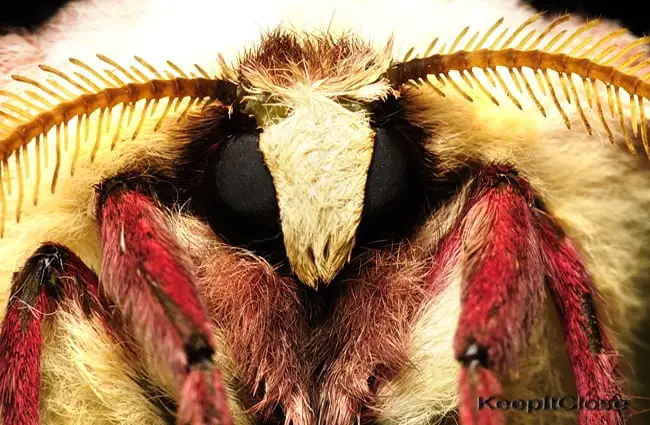
The Pupal Stage (Chrysalis)
Once the caterpillar reaches its full size, it spins a papery cocoon, often incorporating leaves into its structure for camouflage. Inside the cocoon, the caterpillar undergoes metamorphosis, reorganizing its tissues and developing the wings, legs, and other features of the adult moth. The pupal stage typically lasts about two to three weeks. The cocoon is often found among leaf litter on the forest floor.
The Adult Stage (Moth)
The adult Luna Moth emerges from the cocoon as a ghostly white, then gradually expands its wings. Adult Luna Moths have no functional mouthparts, so they cannot feed and rely entirely on the energy reserves accumulated during their larval stage. As a result, adults live only about a week. Their primary purpose is to reproduce, ensuring the continuation of the species.
Diet and Ecological Role
What Do Luna Moth Caterpillars Eat?
Luna Moth caterpillars are herbivorous and feed almost exclusively on the leaves of deciduous trees. Preferred host plants include American sweetgum, walnut, hickory, birch, and maple. The caterpillars are highly selective, often consuming leaves from only a few specific tree species.
The Luna Moth’s Place in the Ecosystem
Luna Moths play a significant role in their ecosystem. Caterpillars serve as a food source for birds, small mammals, and other insects. Adult moths, while short lived, contribute to pollination as they move between trees. Furthermore, the act of caterpillars feeding on leaves helps regulate plant growth and maintain forest health. They also serve as an indicator species; their presence or absence can signal the overall health of the forest ecosystem.
Mating and Reproduction
Attracting a Mate
Male Luna Moths possess large, feathery antennae that are highly sensitive to pheromones released by females. These pheromones can travel long distances, attracting males from miles away. The male uses his antennae to locate the female, and mating typically occurs at night.
The Reproductive Process
After mating, the female lays her eggs on the underside of host plant leaves, carefully selecting locations that will provide ample food for her developing caterpillars. She can lay several hundred eggs during her short adult lifespan. The entire reproductive cycle is a race against time, as the adult moth has limited energy reserves and a short lifespan.
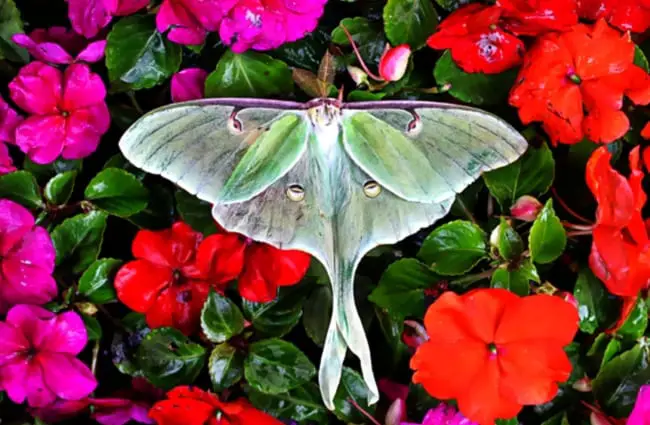
Luna Moths and Human Interaction
Encountering a Luna Moth
If you encounter a Luna Moth, observe it from a distance and avoid direct contact. These moths are delicate and can be easily damaged. If a moth is injured or appears distressed, contact a local wildlife rehabilitation center for assistance.
Conservation Status
While not currently listed as endangered, Luna Moth populations have declined in some areas due to habitat loss, pesticide use, and light pollution. Protecting their forest habitats, reducing pesticide use, and minimizing light pollution are crucial for ensuring the long‑term survival of this magnificent species.
Cultural Significance
Luna Moths hold cultural significance for many indigenous communities, often symbolizing transformation, rebirth, and intuition. Their ethereal beauty has inspired artists, writers, and poets for generations. In some cultures, they are considered symbols of good luck and are believed to bring positive energy.
For the Aspiring Zoologist: Deeper Dive
Evolutionary History
The Saturniidae family, which includes Luna Moths, has a long evolutionary history that dates back to the Cretaceous period. The evolutionary relationships within the family are complex, but molecular studies have helped clarify the phylogenetic relationships between different species. The Luna Moth’s distinctive features, such as its long tails and pale green coloration, are likely the result of natural selection driven by predator avoidance and mate attraction.
Captive Rearing
Zookeepers and educators sometimes rear Luna Moths in captivity for educational purposes. This requires careful attention to detail, including providing appropriate host plants for the caterpillars, maintaining correct temperature and humidity levels, and ensuring that the moths have adequate space to fly. Captive reared moths should be released into suitable habitats after emerging from the cocoon.
Further Research
Ongoing research on Luna Moths focuses on topics such as pheromone chemistry, genetic diversity, and responses to environmental stressors. This research is crucial for understanding the challenges facing this species and for developing effective conservation strategies.
The Luna Moth, with its captivating beauty and intriguing life cycle, continues to fascinate and inspire. By understanding its ecology, behavior, and conservation needs, we can ensure that this magnificent creature continues to grace our forests for generations to come.


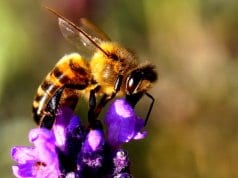

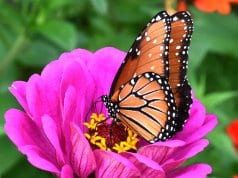
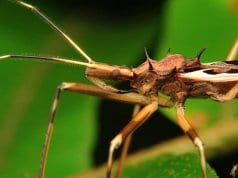
![Red Angus Closeup of a beautiful Red Angus cowPhoto by: U.S. Department of Agriculture [pubic domain]https://creativecommons.org/licenses/by/2.0/](https://animals.net/wp-content/uploads/2020/03/Red-Angus-4-100x75.jpg)

